Introduction
Microfibre towels are a staple in car detailing, but many professionals and enthusiasts unknowingly use the wrong type, compromising their vehicle’s finish. With so many options available, selecting the right microfibre towel for each detailing task is essential for achieving a swirl-free, high-gloss finish. This guide reveals the key differences in microfibre towels, how GSM impacts performance, and which towels you should be using to avoid costly mistakes.
1. Understanding Microfibre: Why Not All Towels Are Equal
Microfibre towels are made from a blend of polyester and polyamide, but the weave, GSM (grams per square metre), and pile height determine their effectiveness for specific tasks. Choosing the wrong microfibre towel can result in scratches, poor absorption, or inefficient cleaning.
Key Microfibre Characteristics to Consider:
- Blend Ratio: A 70/30 blend (polyester/polyamide) is softer and more absorbent, making it ideal for delicate surfaces, while an 80/20 blend is better suited for general cleaning.
- GSM Rating: Low GSM (200-300 GSM) is suitable for heavy-duty cleaning, while high GSM (600-1200 GSM) is better for polishing and drying.
- Weave Type: Waffle weave absorbs water quickly, while plush towels reduce the risk of scratching on sensitive paintwork.
2. Choosing the Right Microfibre Towel for Each Detailing Step
| Detailing Task | Recommended Microfibre Type | Best GSM Range |
|---|---|---|
| Drying the car | Plush, edgeless drying towels | 600-1200 GSM |
| Wax & polish removal | Ultra-soft buffing towel | 400-600 GSM |
| Quick detailing | Medium pile microfibre towel | 350-500 GSM |
| Window cleaning | Lint-free glass towel | 250-350 GSM |
| Interior cleaning | Short pile, all-purpose towel | 250-400 GSM |
| Wheel cleaning | Heavy-duty, low-pile towel | 200-350 GSM |
Using the wrong microfibre towel can result in water streaks, swirl marks, and improper product removal. Investing in the right towel for each stage of detailing ensures superior results.
3. Common Mistakes When Using Microfibre Towels
Many car enthusiasts unknowingly damage their paintwork due to improper microfibre usage. Here are the most common mistakes:
✅ Using the Same Towel for Every Job: Interior dusting requires a different towel than wax removal. Specialised towels extend the lifespan of your detailing tools and prevent cross-contamination.
✅ Not Checking the Edges: Towels with hard edges or stitched seams can leave micro-scratches on delicate surfaces. Opt for edgeless microfibre towels for high-risk areas like paintwork.
✅ Improper Washing & Care: Never wash microfibre towels with fabric softener, as it clogs the fibres and reduces absorption. Always wash separately in a mild detergent and tumble dry on low heat.
✅ Reusing Dirty Towels: Using a soiled towel without proper cleaning can introduce contaminants that scratch the surface. Always use fresh microfibre for paintwork to ensure a flawless finish.
4. How to Maintain Your Microfibre Towels for Longevity
Proper care extends the lifespan of microfibre towels, ensuring they remain effective over time. Follow these key maintenance tips:
- Wash Separately: Avoid mixing with cotton or lint-prone fabrics.
- Use a Dedicated Microfibre Detergent: Regular detergents leave residue that affects performance.
- Avoid High Heat Drying: Excessive heat damages fibres, reducing softness and absorbency.
- Store Properly: Keep in a dust-free environment to maintain optimal performance.
Conclusion: Are You Using the Right Microfibre Towel?
Selecting the right microfibre towel for each detailing step is crucial for maintaining a flawless car finish. Using the wrong towel can lead to swirl marks, inefficient cleaning, and product wastage. By understanding GSM, blend, and weave types, you can maximise performance and protect your vehicle’s paintwork.
💡 Expert Tip: Always have a dedicated set of microfibre towels for different tasks to prevent cross-contamination. Investing in high-quality towels ensures better detailing results and long-term vehicle protection.







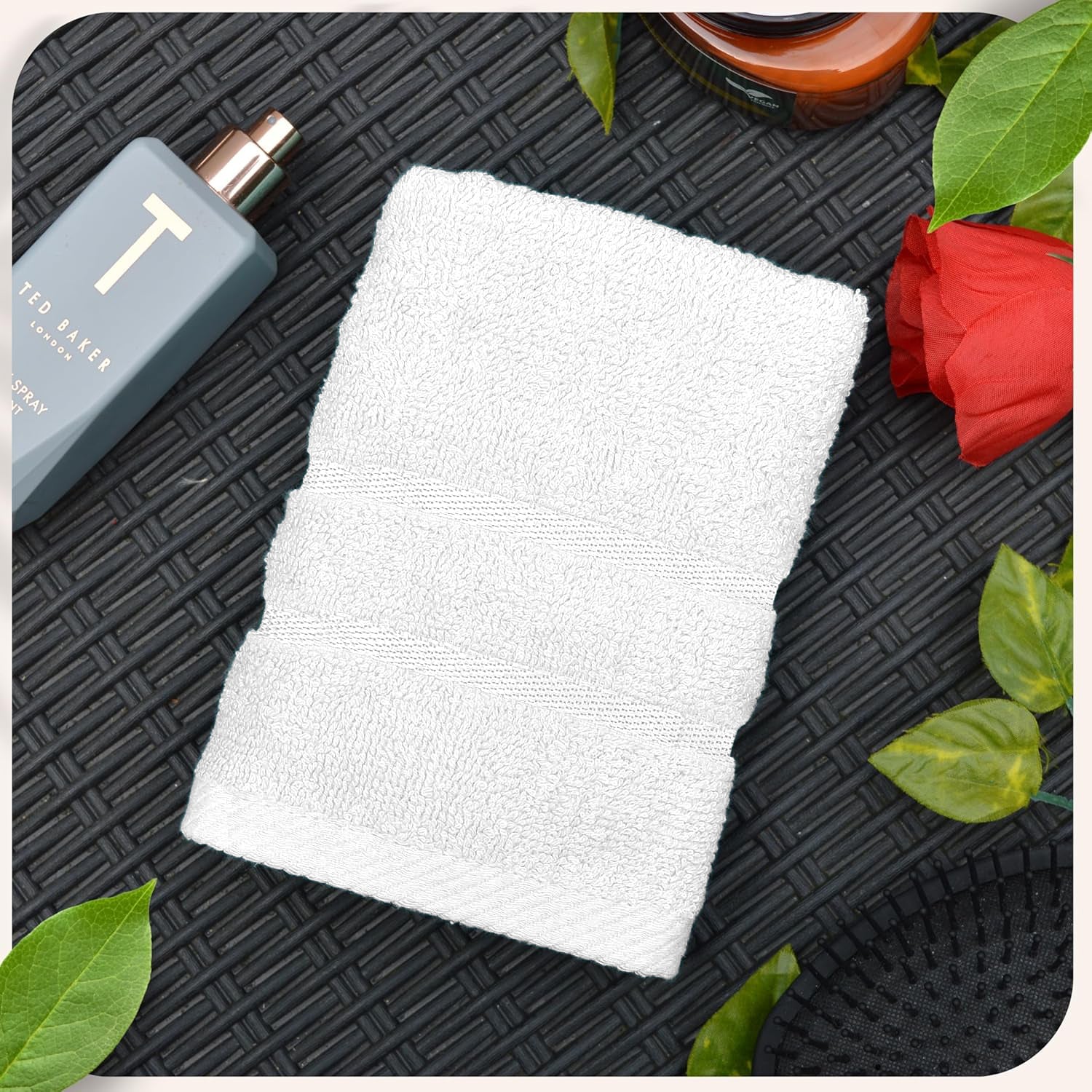
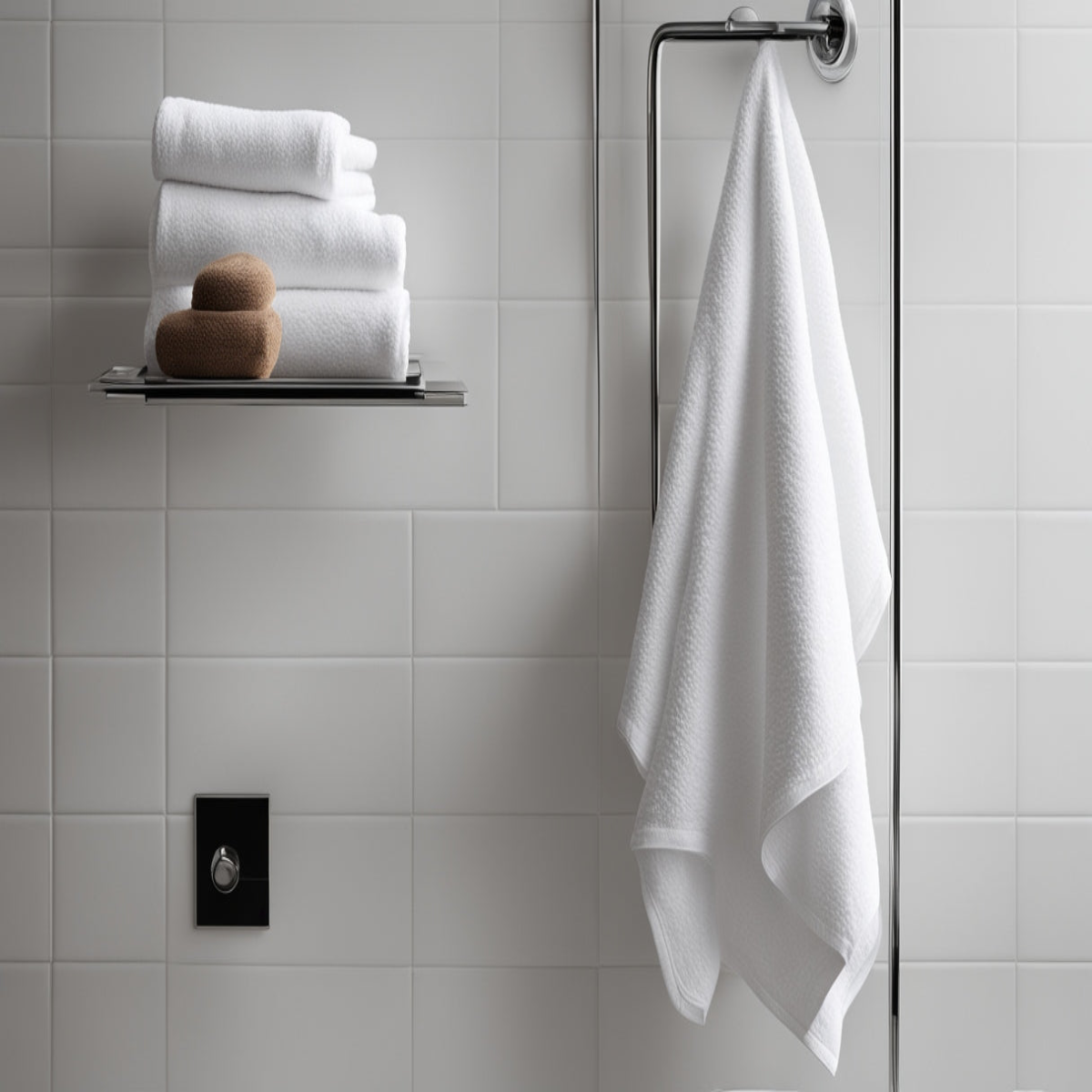
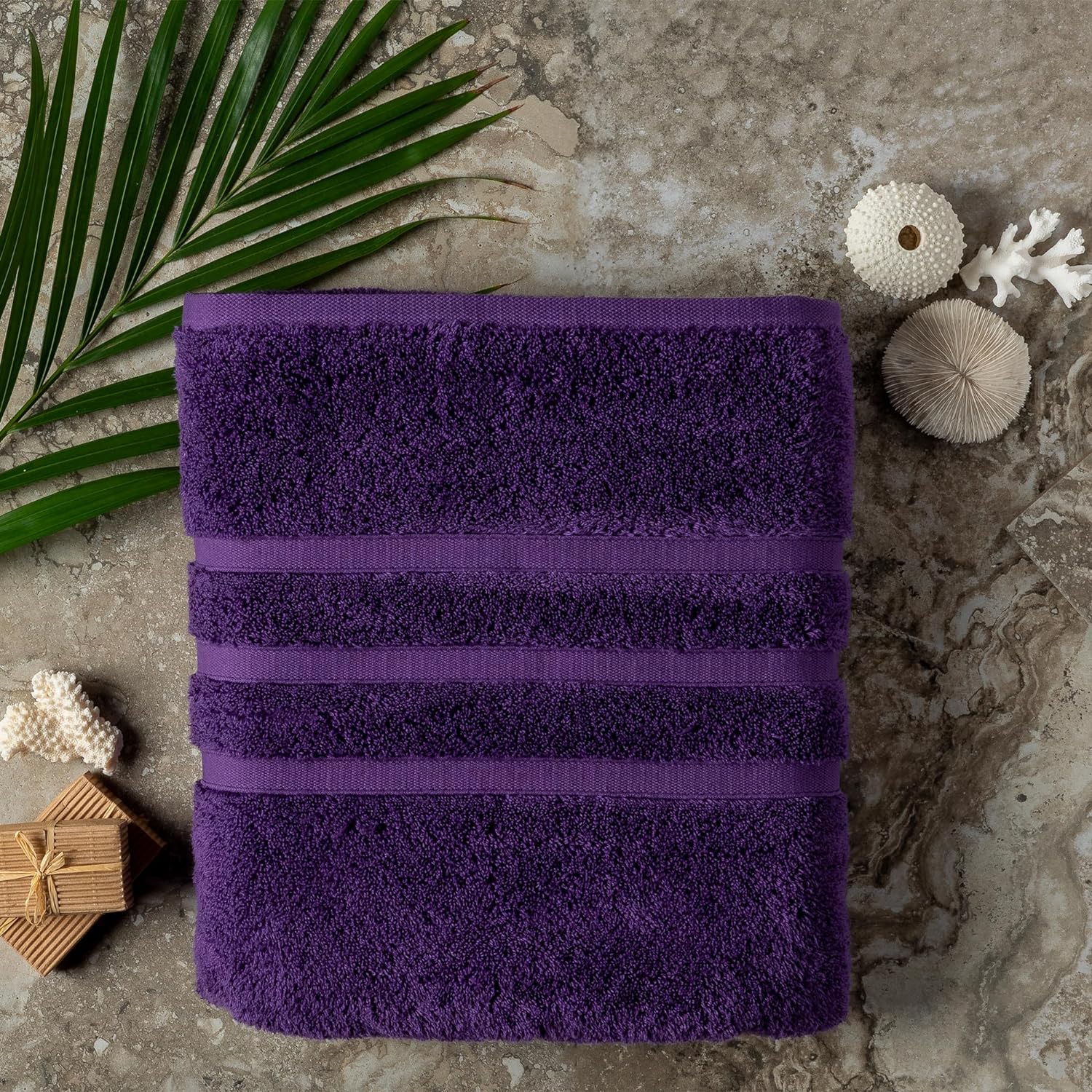

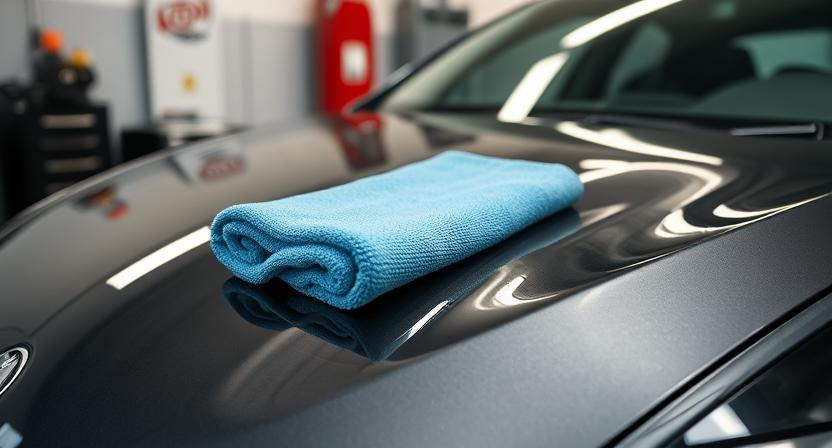
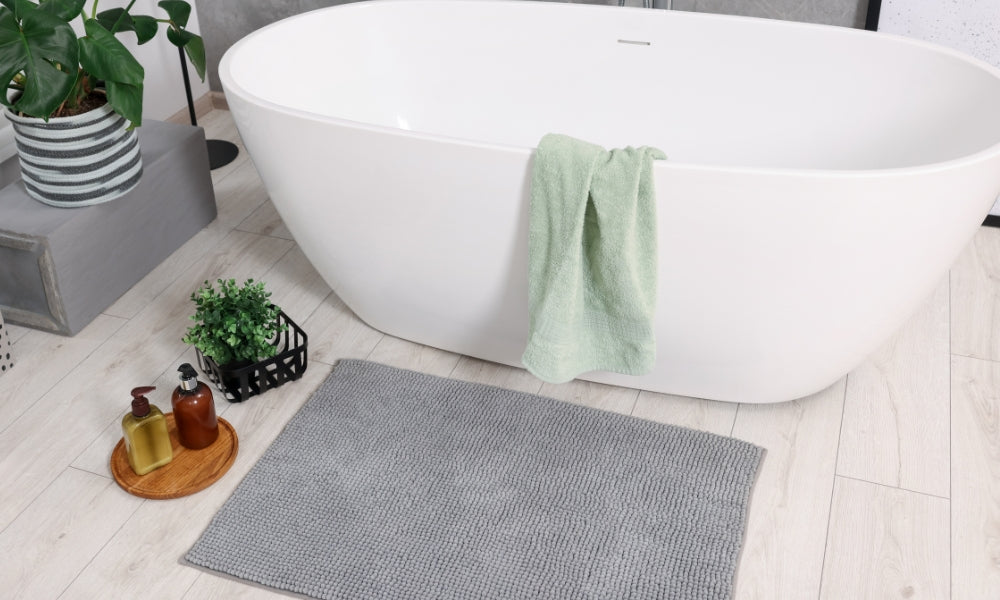
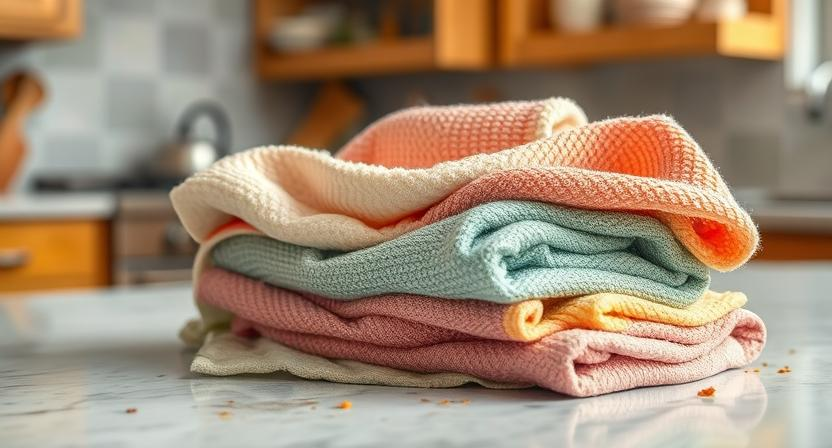
Leave a comment
This site is protected by hCaptcha and the hCaptcha Privacy Policy and Terms of Service apply.